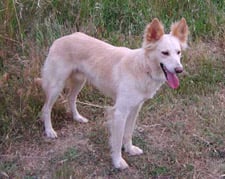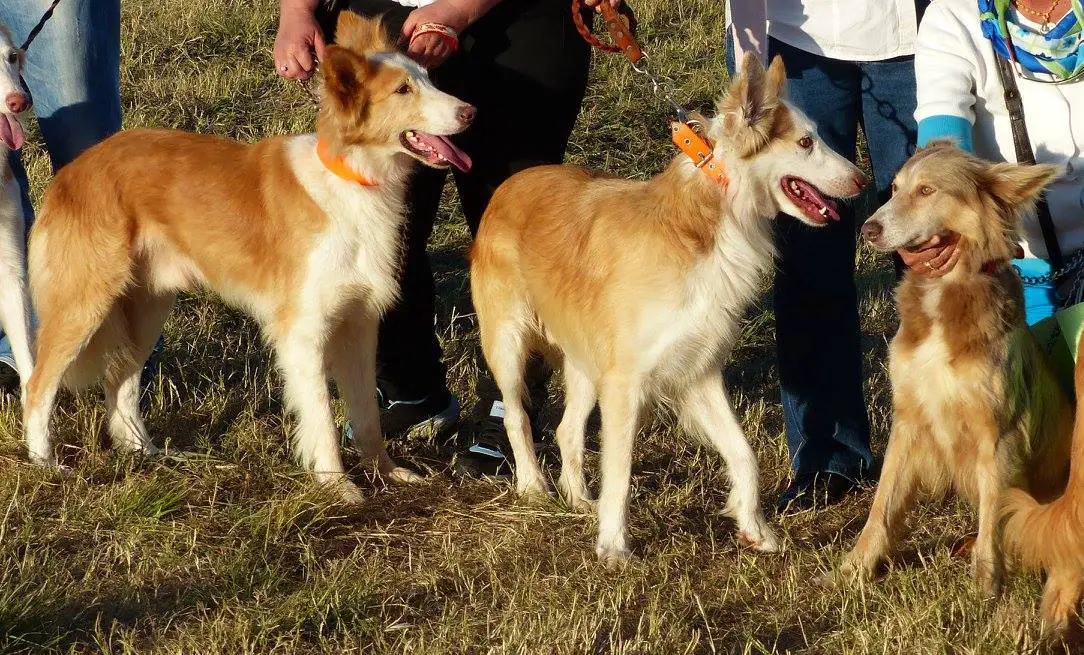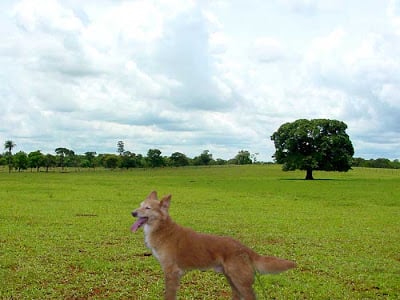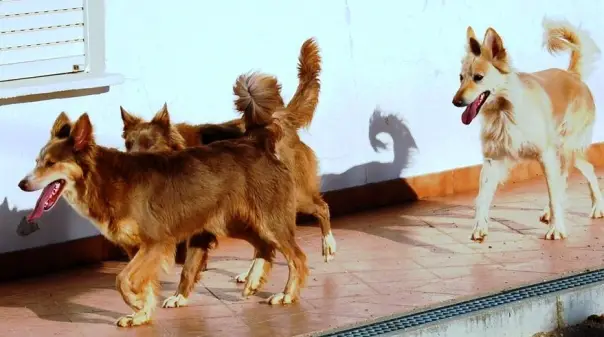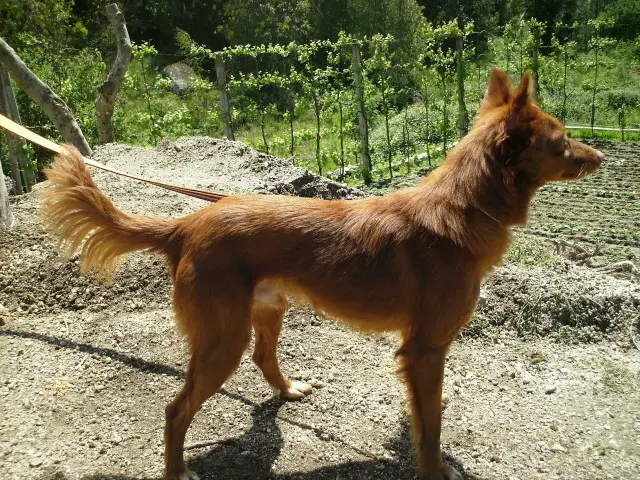
This is a placeholder text
Group text
by AnaSilva on 09 January 2016 - 11:01
As I do fond the breed, actually I like almost every national breed, only the Serra d’Aires and the Portuguese Water dog are not my kind of dogs, and it is still a working progress to recover the breed I thought about sharing the rare breed with all of you, hope you like it ;)
(Done the translation myself so sorry if it is too bad)
History:
The origin of the Cão Barrocal Algarvio will point probably, like other known races, to the Pharaonic times in which is said to have been a Egyptian Greyhound which was widespread throughout the Mediterranean basin, by Phoenicians and Berbers.
For sure, it is known that it knew great prosperity among the inhabitants of the Algarve, the southernmost region of mainland Portugal, especially at the sub-region of the Barrocal, which features geophysical sui generis characteristics.
Oral tradition, the only source that tells us something about the origin of this breed, points to many generations ago. Some of these sources, which we consider safe, report information, transmitted from generation to generation, whose temporal scope surely exceeds two hundred years.
Geographically, though this race has proliferated across the Algarve region, will highlight the Barrocal areas, belonging the municipalities of Loulé, São Brás de Alportel, Faro, Tavira, Lagoa, Silves and Albufeira (among others) and, in particular, the parishes of Estói, S. Brás de Alportel, Santa Catarina da Fonte do Bispo, Santa Barbara de Nexe and S. Bartolomeu de Messines.
Unfortunately, as with other Portuguese breeds, also the dog Barrocal Algarvio was doomed to disappear. The main problem has been the indiscriminate way they were bred, since the 60s, several crosses were being made, reducing a lot the number of dogs that existed in the fifties, it was estimated at about three thousand five hundred.
However, despite all these problems, the Cão Barrocal Algarvio resisted and stated its breed, fortunately still in time someone has thought to help him.
Morphology:
- Head - held high, light and thin, with slightly pronounced stop. The skull is slightly shorter that the nasal groove;
- Eyes - semi-slanting almond-shaped due to the high solar intensity that is felt in the region from which they originate. The brown is the predominant color;
- Ears - set high, erect and pointed pyramid-shaped;
- Neck - dry, medium length;
- Dorsal line - semi-arched;
- Chest - medium depth, reaching the elbows or slightly below, allowing you great strength in the hunt;
- Members - dry, strong and upright;
- Belly - slightly tucked up;
- Tail - Long, reaching below hocks, flat and long, in alert forms a flag.
- Hair - smooth and medium length, very soft with no undercoat.
- Colors - most common are yellow (light, dark and tawny), black, brown (light and dark), unicolor white or piebald, combining any of the above colors;
- Height - Male 45/55 cm; female 40/50 cm;
- Weight - Male 20/25 kg; female 15-20 kg.
by AnaSilva on 09 January 2016 - 11:01
by AnaSilva on 09 January 2016 - 11:01
Barrocal in training:
https://www.youtube.com/watch?v=l5tw9pprmcs
Barrocal in action:
https://www.youtube.com/watch?v=zDJ26yR0GiU
https://www.youtube.com/watch?v=6q_7-H2iEvc
https://www.youtube.com/watch?v=NPuzZzBwDlA
![]() Hope you all enjoy it
Hope you all enjoy it
by GSD Lineage on 10 January 2016 - 00:01
Nice, they look like Podengo Medio with long straight hair instead of wire or smooth. These hounds are known for their keen hearing & eyesight, having to rely on hearing when the foliage limits sight. Yet they look like a little sheepdog or collie.
by AnaSilva on 10 January 2016 - 15:01
I am much more familiar with podengos than the barrocal, so maybe that is why I don't think they look like each other... The barrocal is much lighter looking than the podengo, much more pharaonic than the podengo, but maibe I'm been bypartial, cause I don't really like the looks of the medium or the large podengo...
by AnaSilva on 10 January 2016 - 19:01
I do love the looks of this breed, but to me the most interesting is that he looks so different of all other Portuguese breeds, I believe you can learn a lot about the “places” looking at the national dog breeds, our breeds are mostly watchdogs used to guard the herds, and then he have some really different breeds.
Below you can see all the recognized Portuguese breeds:
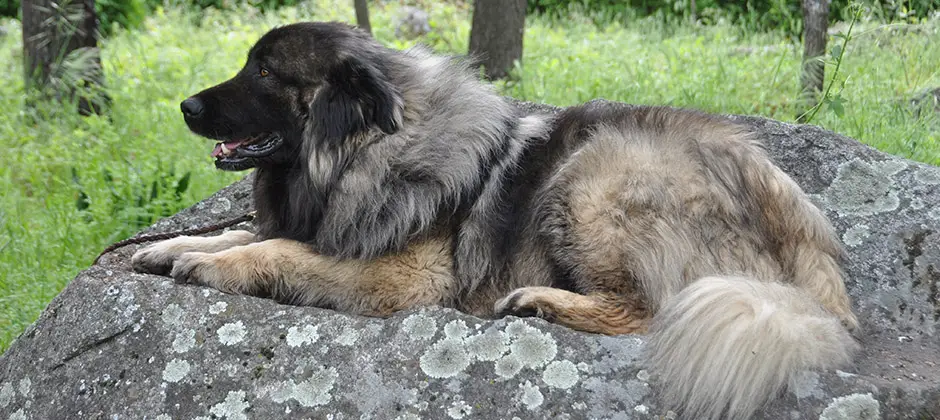 Cão da Serra da Estrela / Estrela Mountain Dog
Cão da Serra da Estrela / Estrela Mountain Dog
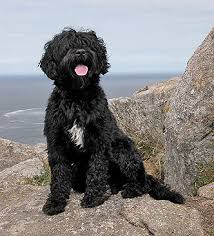 Cão de Água Português / Portuguese Water Dog
Cão de Água Português / Portuguese Water Dog
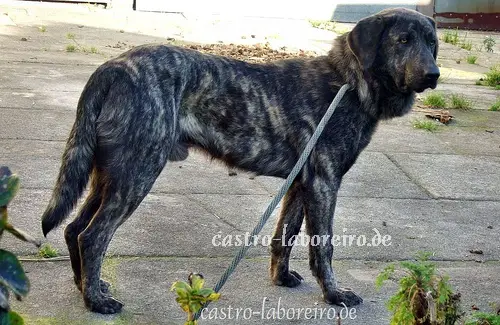
Cão de Castro Laboreiro
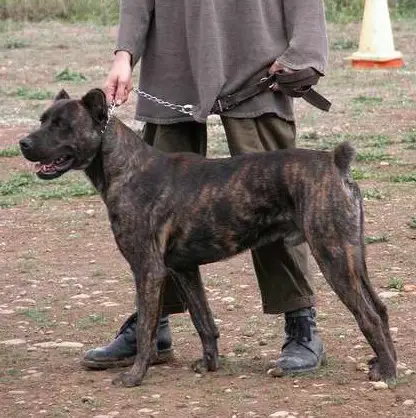
Cão de Fila Açoreano (or Cão de Fila de São Miguel)
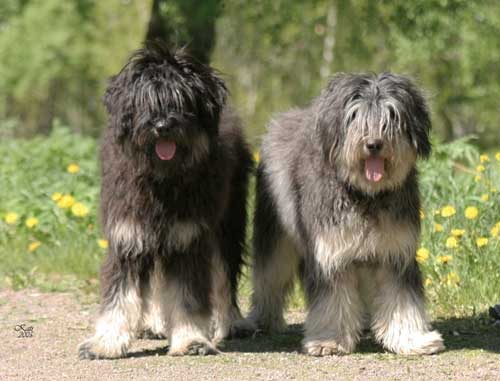
Cão de Serra D'Aires
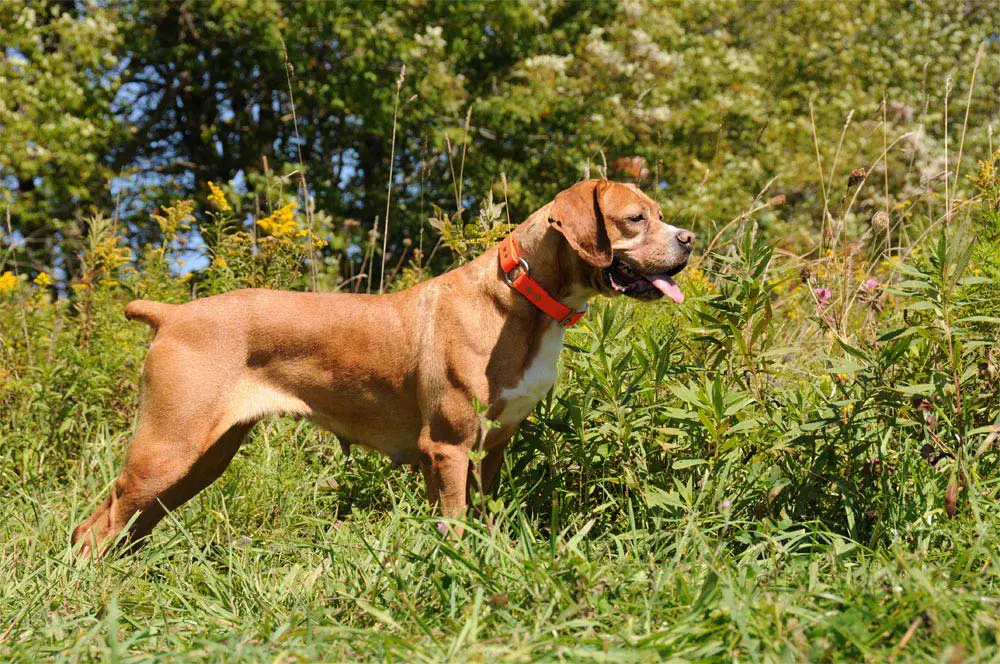
Perdigueiro Português
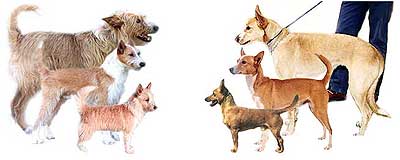
Podengo Portugês (all six types, Small, medium and large, smooth or wire hair)
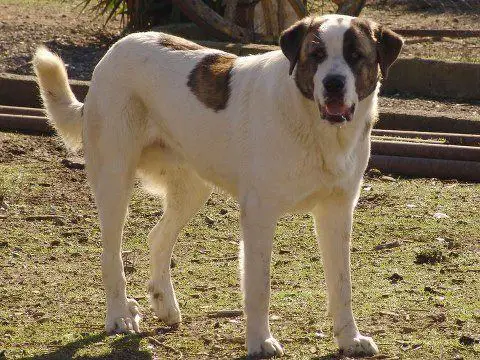
Rafeiro do Alentejo
Still wayting to be recognized:
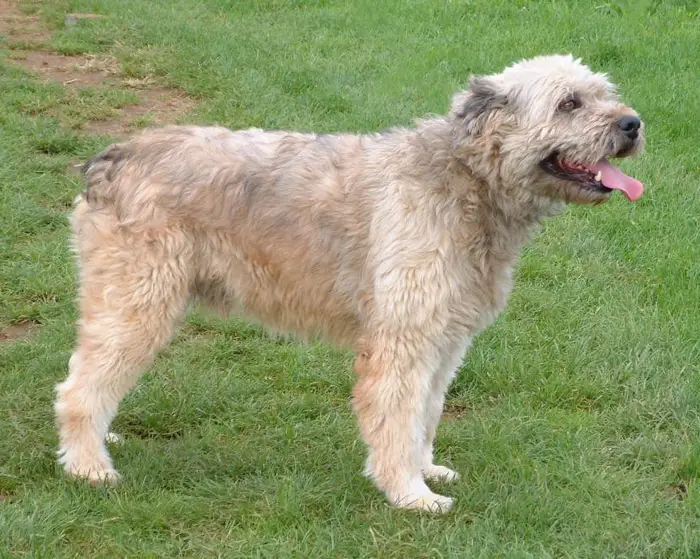
Barbado da Terceira
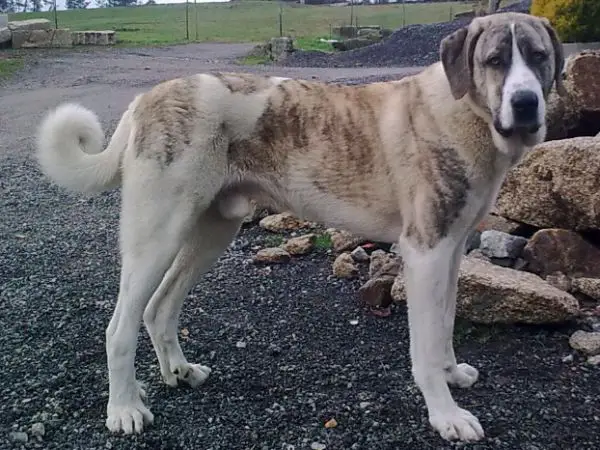
Cão de Gado Transmontano
*And the Barrocal, that is also still wayting.
___
As you can see, they are ALL working type breeds, we don't exactly have a small cute companion dog... I love them all, especially the Serra da Estrela, the Gado Transmontano and the Perdigueiro Portugês.
I am trying to study all our breeds, mostly because I like then, but also because since we had slip the world with the Spanish in the ancient times (Treaty of Tordesillas), it is thought the most breeds in the world are connected to this breeds, for example the Portuguese water dog and the Perdigueiro being some of the most ancient breeds so probably would be the origin of all those types of dogs, especially because it was “fashionable” to offer dogs brought from Portugal to the leaders of the places we discovered and to the kings of places we were making friends (for example there is records of the Portuguese king offering puppies of those two breeds to English and French kings), so it makes a lot of senses that Portuguese and Spanish most ancient breeds are original to so many other breeds, right?
(The Spanish Vs Portuguese breeds is a different story, kind of like what came first? The egg or the chicken? Records are to close and mixed up to know for sure what originated what in the peninsula… especially since we were the same country for two different times in history…)
Sorry the history lesson, am very passion about the history of dogs and breeds, think is really interesting and soo cool… If my history teacher back in my school days gave the classes mixing the dog theme would got A’s all the time…
by CelticGlory on 12 January 2016 - 03:01
by AnaSilva on 12 January 2016 - 20:01
CelticGlory no problem, actualy the perdigueiro is not a big dog, in fact, one of the smallest of the bunch, he weights 16 to 27 kg and gets to be about 56 cm height max (http://racas.cpc.pt/1/perdigueiroportugues_en.html) the bigest is the Gado Transmontado (http://racas.cpc.pt/1/gadotransmontano_en.html) that can get up to 85 cm e 75 kg, followed by the Rafeiro Alentejano (http://racas.cpc.pt/1/rafeirodoalentejo_en.html) at 74 cm and the Serra da Estrela (http://racas.cpc.pt/1/serradaestrela_en.html) at 73 cm...
I really like the looks of the Serra (Estrela Mountain dog), and the Setter breeder I worked for, had 1 girl she was so amazing, super sweet and really all she wanted was to be on our laps (maybe she tought she was still a baby eheheh) but when confronted with strangers on her property, was "worse" than the Rotweillers, nothing passed by her... she was all yellow only with a huge black mask on her face, soo prety =) with the most amazing coat you can imagine (grooming her was not a easy job!)... Unfortunatly Duna is no longer with us... ![]()
For me the most apeling thing about the perdigueiro (portuguese pointing dog) is it's personality, had a perdigueiro mix some years ago, she was the sweetest most amazing girl but at the same time very very independent, not the naging type, she loved her sofa and runing around and pretending to hunt (she was an old girl and blind as a bat, but still she was allways chasing some smell ![]() ), Mila is also no longer with us
), Mila is also no longer with us ![]()
The other two, the Rafeiro and the Gado, I never had much contact with then, but have herd they are the most rustic of the buch, not really much sugar in then eheheh
by mrdarcy on 13 January 2016 - 17:01
Contact information Disclaimer Privacy Statement Copyright Information Terms of Service Cookie policy ↑ Back to top





